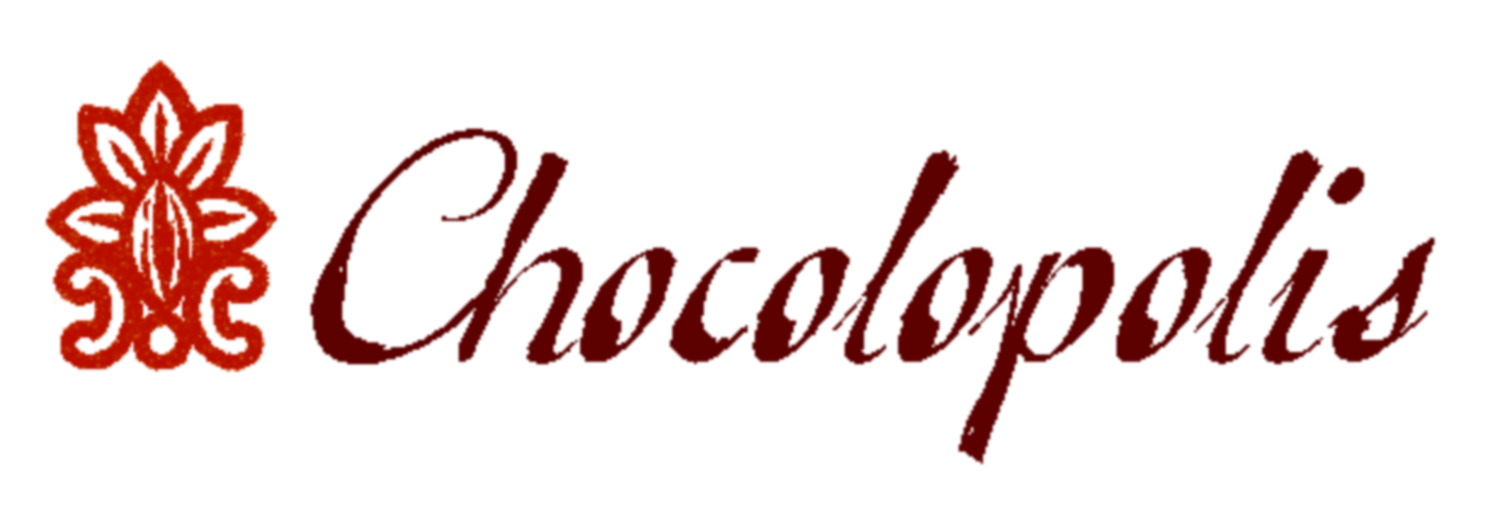Montoso Gardens: The Cacao Pod Source
Have you ever held a fresh cacao pod in your hand? Cracked it open and tasted the fresh pulp?
If you've never tasted cacao pulp, you don't know what you're missing. It tastes a bit like lychee, pineapple and apple, balancing tart with a whole lot of sweet, the perfect nectar to attract bacteria for fermentation. Since cacao grows 20 degrees north and south of the equator, you usually need to make a trip to a remote jungle to have the experience of harvesting and tasting fresh cacao. But look no further than Puerto Rico to sate your cacao desires.
A year after I opened Chocolopolis I was looking for a way to purchase fresh cacao pods to share with customers during our anniversary celebration. I thought this would be a near-impossible feat until I came across Montoso Gardens online. Located in Puerto Rico, Montoso Gardens is a botanical garden, tropical flower and fruit farm, and nursery with over 600 species of exotic tropical flowers, fruits, nuts, spices and palms. The benefit of being part of the US is that they can ship fresh cacao using US Postal Service Priority Mail, which means the pods arrive on your doorstep about 3 days after they were picked.
After all these years I finally caught up with Bryan Brunner, the founder of Montoso Gardens, to find out what got him started in this unique business.
LA: What’s your story? How did you get into this business?
BB: I grew up in California, with bananas, figs and pomegranates. I always loved plants and animals, and there were lots of Japanese with farms and nurseries in my area. When I was in 6th grade we moved to New Jersey, and I never really liked the cold weather. I always dreamed of the tropics but had never been there. One December day I hitchhiked to Florida and camped out on Miami Beach... IT WAS FREEZING. So much for Florida. Then in college (Rutgers University, Cook Agricultural College) I took a course in Tropical Agriculture. We had a 10 day field trip to Puerto Rico and I fell in love with it!!!
LA: What took you back to Puerto Rico?
BB: After the field trip I went on a 6 week internship in Puerto Rico and loved it even more. Then I came down to do my master's in tropical agriculture at the University of Puerto Rico. I ended up buying a small farm in Maricao for $5,000 and marrying a Puerto Rican. I have been down here for 35 years.
LA: How many varieties of tropical plants do you grow?
BB: At one time I had a list of 600 species, so it is like a botanical garden. That was 20 years ago, since then I have lost some things and have collected new things. I really need to update the list.
LA: How many cacao trees do you have?
BB: About 400. I have some old seedling trees that I planted 30+ years ago, but most of the trees are 3-4 years old.
LA: What varietals of cacao trees do you grow?
BB: I have old seedling trees, including 2 trees that were on the farm when I bought it and could be 50-100 years old or more. Also a fairly large planting of grafted varieties, mostly Trinitario types, that are fine aroma types. Also a collection of heirloom Criollo types from Puerto Rico. They were introduced in the late 1800's from Venezuela and were abandoned when the cacao industry was abandoned in the early 1900's due to hurricanes and cheap cacao from the Dominican Republic. Now there is a resurgence of interest in cacao in Puerto Rico and lots of people are planting Trinitarios that are fine aroma types
LA: What times of year are your cacao harvests?
BB: The main harvest is in the winter, from November to March, but they fruit sporadically throughout the year.
LA: What’s your favorite tropical plant? Why?
BB: Wow, that is a really hard question with all the thousands of tropical plants out there. I guess if I had to choose one, it would be the rambutan. It is a super productive, super delicious fruit with a bizarre "hairy" appearance. I was one of the first people to introduce superior grafted varieties to PR.
LA: How has the hurricane impacted your business?
BB: Hurricanes are a pain, they set you back and destroy valuable trees, but they aren't as destructive as a forest fire or volcano that covers your property in lava. Everything comes back. The important lesson is to have a well built house (and other structures), to be self-sufficient for water, electricity and internet, and to keep trees pruned low (if not, the hurricane with do it for you). In 35 years I have gone through 2 bad hurricanes, not a bad trade off for 35 frigid winters!!!
LA: What can your customers do to support you?
BB: They don't really need to support me, it is a mutual relationship. I like to provide products of high quality at a reasonable price and in return their purchases help me maintain the farm. I am retired from my full time job now and soon will have cottages and a restored coffee hacienda house to rent as well as the nursery business, so will be moving more into ecotourism.

